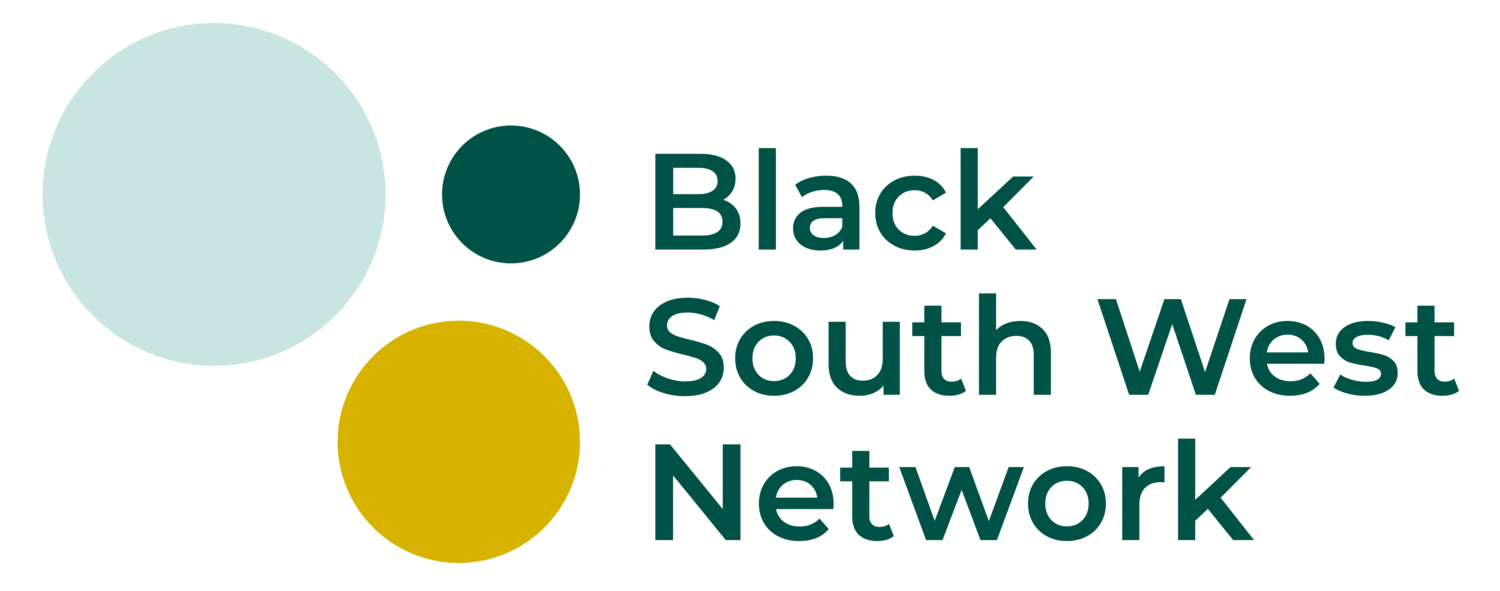In the wake of the BLM protests and the work that young people are doing to tackle systemic racism so pervasive throughout our society, we wish to acknowledge Youth Day commemorated on this day (16th June) in South Africa.
Credit: Keystone / Getty Images
In 1974, the Bantu Education Department ordered that Afrikaans and English were to be used equally as the language of instruction in all schools. This was implemented throughout South Africa regardless of locally spoken language. Some exams were also written in Afrikaans which, for many of the Black students, would have been their third language.
Although there were many underlying causes which led to the uprising, such as R644 being spent annually for each White student (roughly R34,000/£1500 today) when only R42 was budgeted for a Black school child (roughly R2200/£100 today), the main cause was the requirement that they receive education in what was essentially a foreign language.
As this change was actioned, Black students began mobilizing themselves in response. On 16th June 1976, Black school children gathered to protest the implementation of Afrikaans and English as dual medium of instruction in secondary schools.
Credit: Keystone / Getty Images
Students gathered to peacefully demonstrate but when the heavily armed police arrived, the crowd of school children soon became intimidated and started to throw stones. The police fired teargas and live ammunition on demonstrating students, which resulted in a widespread revolt against the government – later referred to as the Soweto Uprising. The day now marks the anniversary of the death of Hector Pieterson - a 12-year-old schoolboy who was shot and killed when the police opened fire on the protesting students.
Credit: Sam Nzima/South Photographs
South Africa has a tumultuous history with protesting. With police reporting 14,693 protests nationwide in 2015/2016alone, it has one of the highest rates of protests and social unrest in the world and just as we have seen in the US, police brutality is rife.
On 16th August 2012, the Marikana Massacre saw the most lethal use of force used by police since the uprising. It took place in two locations at a mining union protest for living wages - an agreement which would ensure no miner earned less that R8,000 (R560) as a basic salary. 34 were fatally shot and 78 people wounded. Most were shot in the back.
Following the strike, 259 miners were arrested in connection with the protests to be tried under the ‘common purpose’ doctrine because they were in the crowd which confronted police. They were taken to Ga-Rankuwa magistrates court to face charges including murder, attempted murder, armed robbery, public violence, and malicious damage to property. Common purpose doctrine was used by former White minority regime against activists fighting for racial equality in South Africa. The best-known case was the ‘Upington 14’ who were sentenced to death in 1989 for the murder of a policeman in 1985. The trial judge convicted the 14 activists, even though he acknowledged that they did not carry out the killing.
Credit: Sam Nzima/South Photographs
The BLM protests and the pulling down of the Colston statue in Bristol was a powerful moment in the fight against systemic racism but as a native South African, you learn to become slightly sceptical of such revolutionary moments and events. So much happened in the run up to the 1994 elections which saw the voting in of Nelson Mandela and so much has happened since, but the degree to which change has occurred in debatable.
The uprising that began in Soweto changed the socio-political landscape in SA but with a youth (aged 15-34) unemployment rate of 38%, what opportunities do the children and grandchildren of those in the Soweto uprising have? Today, we see the same underlying inequalities which caused those schoolchildren to protest on that day and in many protests since. The gap between the haves and have-nots continues 44 years on and the unequal impacts of Covid-19 will only fuel these divisions. A disrupted academic year, the effects of home-schooling on those who do not have access to a computer or the internet, or indeed on those who live in informal housing with ten other familymembers, will continue long after the lockdown ends.
While the youth of 1976 paved the way for our generation, until recently access to higher education has and remains a challenge to many young black people. #FeesMustFall was a protest which erupted in 2015 in South Africa against the commodification of education and the funding crisis in higher education. The Bantu Education Act rendered the black population disenfranchised both from the political system and the legacies of apartheid still persist but the BLM movements are a fresh reminder of a determination to fight and win the struggles many black youth still face.





